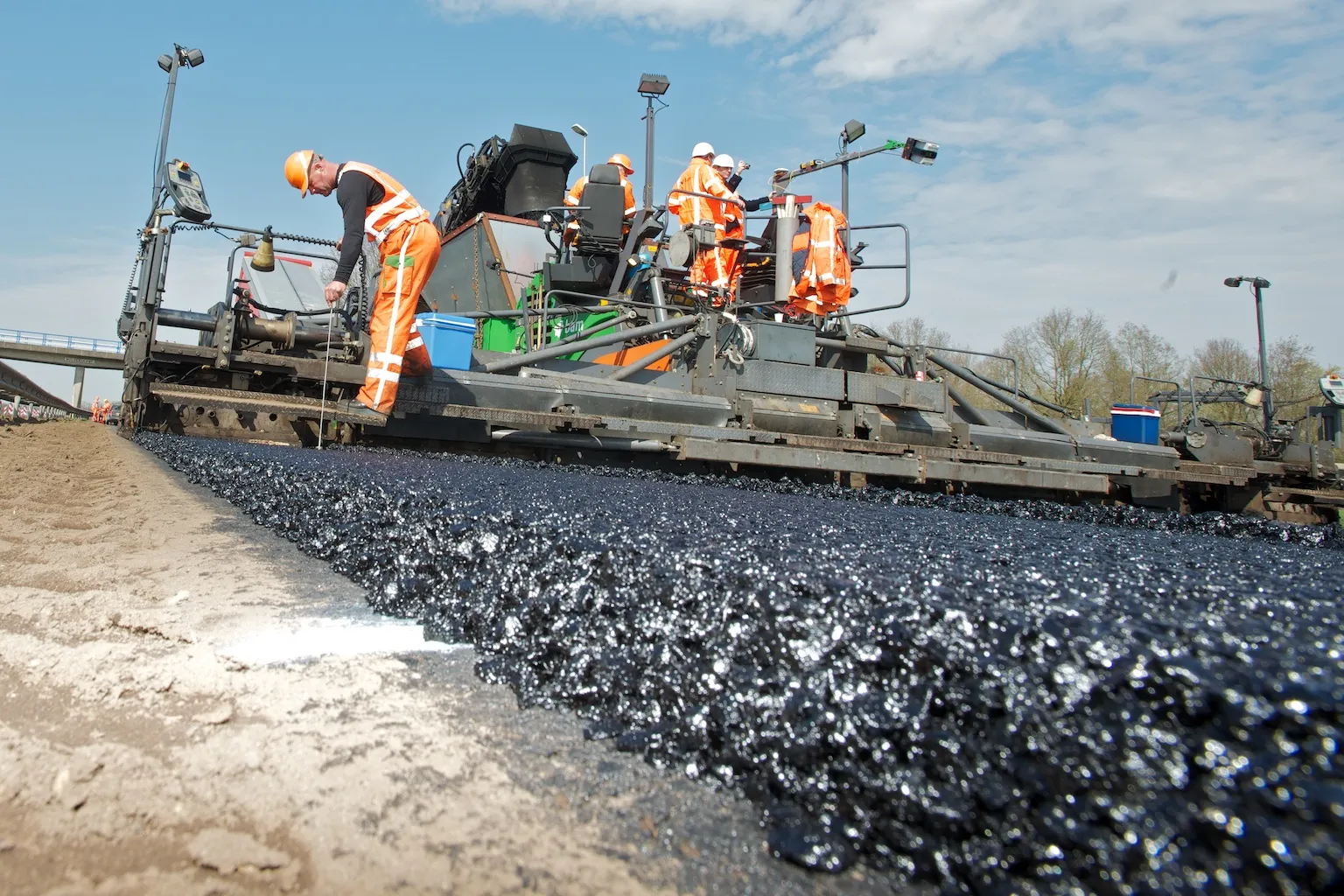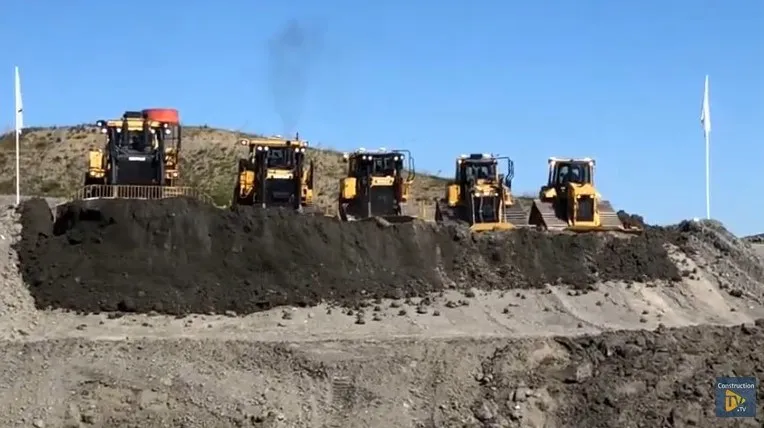Delays in buying properties in Detroit, Michigan, could hold up construction of the proposed 3.2km Gordie Howe International Bridge that will link the US city to Windsor in Canada.
A report by the Detroit Free press said that around 30 of the estimated 900 parcels of land in the city’s Delray district could pose potential problems if owners resist selling the sites to the bridge’s developers.
The newspaper noted that Dwight Duncan, interim chair of the Windsor-Detroit Bridge Authority - the Canadian e
July 19, 2016
Read time: 4 mins
Delays in buying properties in Detroit, Michigan, could hold up construction of the proposed 3.2km Gordie Howe International Bridge that will link the US city to Windsor in Canada.
A report by the Detroit Free press said that around 30 of the estimated 900 parcels of land in the city’s Delray district could pose potential problems if owners resist selling the sites to the bridge’s developers.
The newspaper noted that Dwight Duncan, interim chair of the Windsor-Detroit Bridge Authority - the Canadian entity managing the project - said about 20 of 30 parcels belong to businessman Manuel (Matty) Moroun, owner of the 2.3km Ambassador Bridge that already spans the Detroit River.
The new bridge will have access roads to two major Interstate highways to bypass the centres of Detroit and the new Herb Gray Parkway out of Windsor in the Canadian province of Ontario. But Moroun, owns a large trucking yard which would be needed for the new bridge’s approaches in Detroit.
“The 30 that we are concerned about are not adverse at this time,” Duncan said. “They could become adverse. We are subject to United States law. Any landowner if there becomes an adverse relationship has certain rights. We’re quite confident that eventually we will have all the properties we need, but we have to respect the law.”
Mourun has been actively trying to stop construction of a new crossing which could siphon away commercial vehicle from the 2.3km suspension bridge of four undivided lanes. The Ambassador was opened in 1929 and bought in 1979 by US trucking businessman Moroun. It is managed through his Detroit International Bridge Company in the US and the Canadian Transit Company subsidiary in Canada.
The Detroit Free Press said that delays in getting all the parcels needed in hand has held up release of the bridge authority’s Request for Proposals – RFP, a detailed bid document that will go out to three international teams of contractors, engineers and architects.
The three teams are Legacy Link Partners, Bridging North America and CanAm Gateway.
2482 SNC Lavalin is heading up Legacy Link that includes French firm 4084 Vinci Concessions, 1021 American Bridge Company and Windsor-based Amico Infrastructure. Bridging North America includes 917 ACS Infrastructure Canada, 6343 Fluor Canada and 4761 Dragados Canada and DBI Services to handle maintenance and repairs of the Herb Gray Parkway. CanAm Gateway is led by Canadian construction company EllisDon and major global player 4138 Bechtel Canada.
The bridge authority said it had planned to issue the RFP at the end of 2015, but this has yet to be done, although Duncan remains upbeat. “We’re ready to go with the RFP. We intend to release it shortly,” he said.
“However because of the properties on both sides not being in our possession we’re going to wait a little bit longer before we release the RFP to make sure we are able to manage the risk associated if in fact we don’t get the properties in a timely enough fashion for when they’re needed for construction.”
The three finalists will need several months to respond to the RFP, meaning completion might slip back to 2021 at the earliest, according to the newspaper.
Meanwhile, Canadian contractors have been doing site preparation, such as building the access road. Duncan said the Canadian government, which is paying upfront for nearly all the costs of the more than US$2 billion project, has spent $600 million this year on it compared to about $100 million last year and only $8 million the year before.
The bridge is named after a professional ice hockey player who for years played with the Detroit Red Wings in the continent’s National Hockey League, the NHL.
A report by the Detroit Free press said that around 30 of the estimated 900 parcels of land in the city’s Delray district could pose potential problems if owners resist selling the sites to the bridge’s developers.
The newspaper noted that Dwight Duncan, interim chair of the Windsor-Detroit Bridge Authority - the Canadian entity managing the project - said about 20 of 30 parcels belong to businessman Manuel (Matty) Moroun, owner of the 2.3km Ambassador Bridge that already spans the Detroit River.
The new bridge will have access roads to two major Interstate highways to bypass the centres of Detroit and the new Herb Gray Parkway out of Windsor in the Canadian province of Ontario. But Moroun, owns a large trucking yard which would be needed for the new bridge’s approaches in Detroit.
“The 30 that we are concerned about are not adverse at this time,” Duncan said. “They could become adverse. We are subject to United States law. Any landowner if there becomes an adverse relationship has certain rights. We’re quite confident that eventually we will have all the properties we need, but we have to respect the law.”
Mourun has been actively trying to stop construction of a new crossing which could siphon away commercial vehicle from the 2.3km suspension bridge of four undivided lanes. The Ambassador was opened in 1929 and bought in 1979 by US trucking businessman Moroun. It is managed through his Detroit International Bridge Company in the US and the Canadian Transit Company subsidiary in Canada.
The Detroit Free Press said that delays in getting all the parcels needed in hand has held up release of the bridge authority’s Request for Proposals – RFP, a detailed bid document that will go out to three international teams of contractors, engineers and architects.
The three teams are Legacy Link Partners, Bridging North America and CanAm Gateway.
The bridge authority said it had planned to issue the RFP at the end of 2015, but this has yet to be done, although Duncan remains upbeat. “We’re ready to go with the RFP. We intend to release it shortly,” he said.
“However because of the properties on both sides not being in our possession we’re going to wait a little bit longer before we release the RFP to make sure we are able to manage the risk associated if in fact we don’t get the properties in a timely enough fashion for when they’re needed for construction.”
The three finalists will need several months to respond to the RFP, meaning completion might slip back to 2021 at the earliest, according to the newspaper.
Meanwhile, Canadian contractors have been doing site preparation, such as building the access road. Duncan said the Canadian government, which is paying upfront for nearly all the costs of the more than US$2 billion project, has spent $600 million this year on it compared to about $100 million last year and only $8 million the year before.
The bridge is named after a professional ice hockey player who for years played with the Detroit Red Wings in the continent’s National Hockey League, the NHL.








